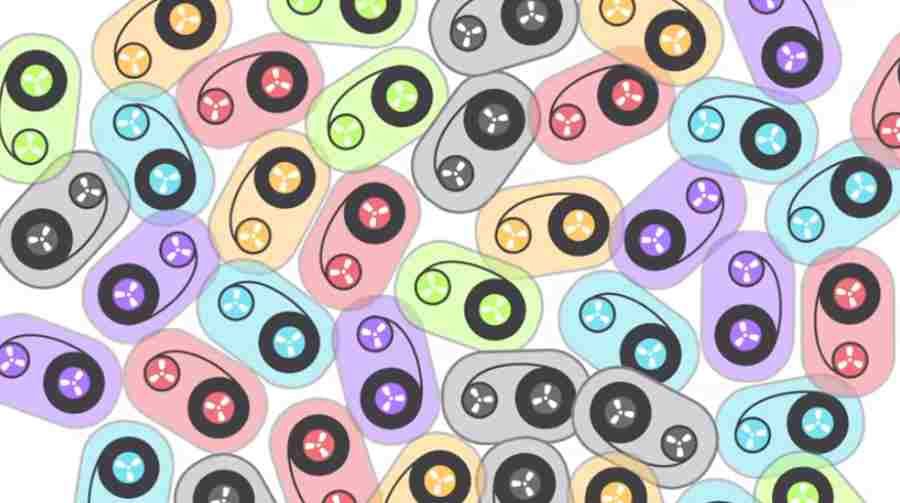
World's smallest data logger made
Researchers at Columbia University Medical Center have transformed the natural bacterial immune system into a microscopic data logger. This will allow us to track otherwise invisible changes inside our organisms.
US researchers have modified a common laboratory strain of the ubiquitous Escherichia coli bacteria to serve as a data logger. Thus, using bacteria, it was possible to track not only their interactions with the environment, but also other environmental events in the body.
US researchers used a gene-editing technique to do this In CRISPR-Cas9 using the natural ability of bacteria to remember genetic information about viruses. The bacteria have "libraries" genetic sequences, kt re help in identifying invasive viruses. The bacterium copies this information onto sections of RNA, which re help DNA-cutting enzymes (Cas9 endonuclease) to quickly identify the genom into the virus and destroying them before they have time to do damage to the.
This makes the technique extremely useful, as a sort of „molecular scalpel”. But in this case, the researchers returned ciliated attention to the very „libraries” data and how b how bacteria remember information. After careful analysis of the process, the researchers managed to modify the bacteria e. coli so that they record changes in their environment. Researchers have developed a also the way b to also record the timing of specific changes.
Thanks to the technology used by the researchers, it will be possible to use bacteria to sundry tasks – from diagnosis to monitoring of the organism. The technique will allow tracking in a different way b invisible changes without interference cania of their environment.
So far, experiments have shown that the modified bacteria can record at least three taneous external signals at the same time. On top of that, the system can run for several days. „Our approach makes it possible to stably record information for several days and then accurately reconstruct it” – wrote the researchers in a publication in the prestigious journal „Science”.
Scientists have already succeeded in encoding information into the DNA of bacteria (kr tki film, which ry was then reconstituted from the DNA of successive generations of bacteria), but now for the first time CRISPR technology has been used to record the activity of com rk and timing of these events.
With the growing body of evidence In linking intestinal microbes to ith diseases ranging from Parkinson's disease to chronic fatigue to multiple sclerosis – having the tools to specifically lated analysis of complex environments inside us is invaluable. – Such bacteria ingested by a patient, can record the changes that occur throughout the gastrointestinal tract, gaining unprecedented insight into previously inaccessible phenomena – said Harris Wang, co publication router.


